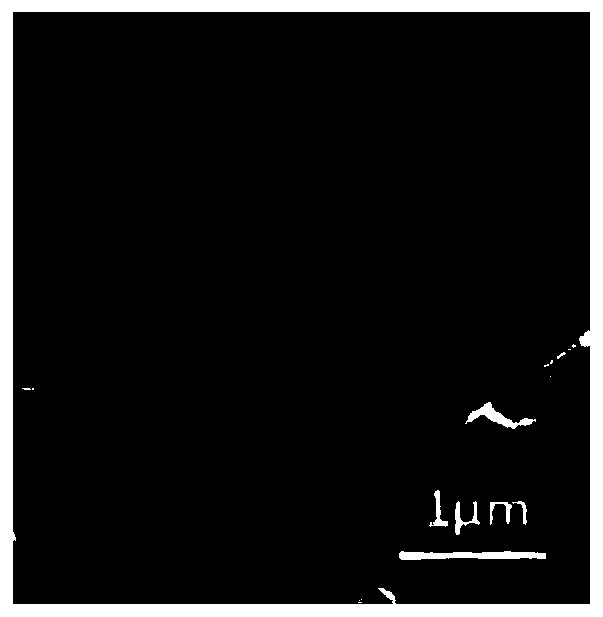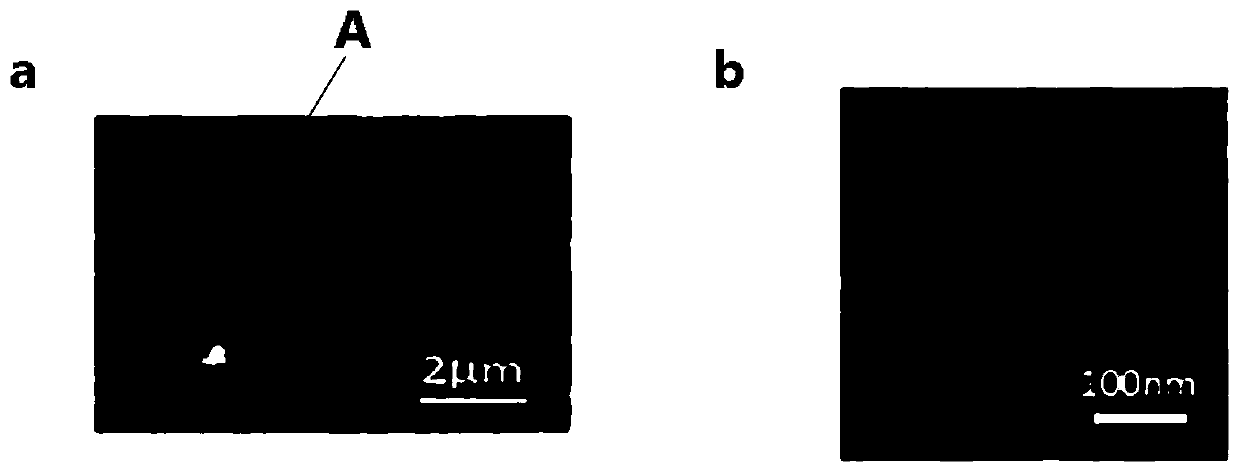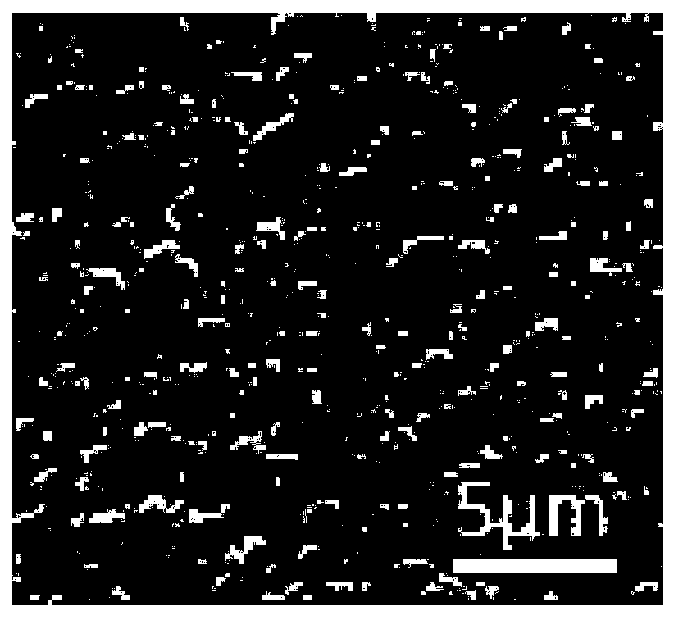Porous ceramic diaphragm slurry and preparation method thereof, battery diaphragm and battery
A technology of porous ceramics and battery separators, which is applied in battery pack parts, circuits, electrical components, etc., can solve the problems that the electrolyte cannot effectively increase the liquid retention capacity, the electrolyte adsorption effect is small, and the battery liquid retention capacity cannot be improved. Achieve the effect of increasing cycle life, reducing diaphragm resistance, and ensuring heat resistance
- Summary
- Abstract
- Description
- Claims
- Application Information
AI Technical Summary
Problems solved by technology
Method used
Image
Examples
preparation example Construction
[0028] The preparation method of the porous ceramic diaphragm slurry according to an embodiment of the present invention includes the following steps S1-S4:
[0029] S1. Corroding ceramic powder with hydrofluoric acid to obtain porous ceramic powder, the ceramic powder is made of at least two ceramic materials.
[0030] S2. Activate the porous ceramic powder by mixing it with hydrochloric acid or nitric acid to obtain activated porous ceramic powder.
[0031] S3. Coating the activated porous ceramic powder with a silane coupling agent to obtain a sensitized porous ceramic powder.
[0032] S4, mixing the binder and the organic solvent with the sensitized porous ceramic powder, and stirring evenly to obtain a porous ceramic diaphragm slurry.
[0033] The role of the separator in the lithium-ion battery is to physically isolate the positive and negative electrodes of the battery to prevent internal short circuits, and on the other hand to provide a channel for lithium ions to sh...
Embodiment 1
[0048] Dry the commercially available fluorphlogopite (particle size: 0.01-1 μm), nano-alumina (particle size: 2-10 nm), fluoroapatite (particle size: 0.01-1 μm), and cryolite in a vacuum oven at 300 °C. 24h, remove the water molecules adsorbed on the surface of the ceramic micropowder. Mix the four dried powders uniformly in a ball mill with a mass ratio of 0.2:8.5:0.8:0.1, then put them into a boron nitride crucible, and melt them in a silicon-molybdenum rod furnace at a melting temperature of 1800°C to 2000°C (due to A small amount of cryolite is added to reduce the melting point of alumina to about 1500°C), and the holding time is 2 to 2.5 hours. After melting, the obtained ceramic liquid is quickly poured into cold distilled water and quenched to obtain ceramic granules. After drying, the melting and quenching are repeated twice, and the parameters remain unchanged. Put ceramic granules, zirconia balls and absolute ethanol in a mass ratio of 1:1.5:0.5, and stir in a ball...
Embodiment 2
[0056] The difference from Example 1 is that the slurry is only coated on one side of the base film, and the coating amount is 20.58g / m 2 .
PUM
| Property | Measurement | Unit |
|---|---|---|
| particle diameter | aaaaa | aaaaa |
| particle diameter | aaaaa | aaaaa |
| particle diameter | aaaaa | aaaaa |
Abstract
Description
Claims
Application Information
 Login to View More
Login to View More - R&D
- Intellectual Property
- Life Sciences
- Materials
- Tech Scout
- Unparalleled Data Quality
- Higher Quality Content
- 60% Fewer Hallucinations
Browse by: Latest US Patents, China's latest patents, Technical Efficacy Thesaurus, Application Domain, Technology Topic, Popular Technical Reports.
© 2025 PatSnap. All rights reserved.Legal|Privacy policy|Modern Slavery Act Transparency Statement|Sitemap|About US| Contact US: help@patsnap.com



